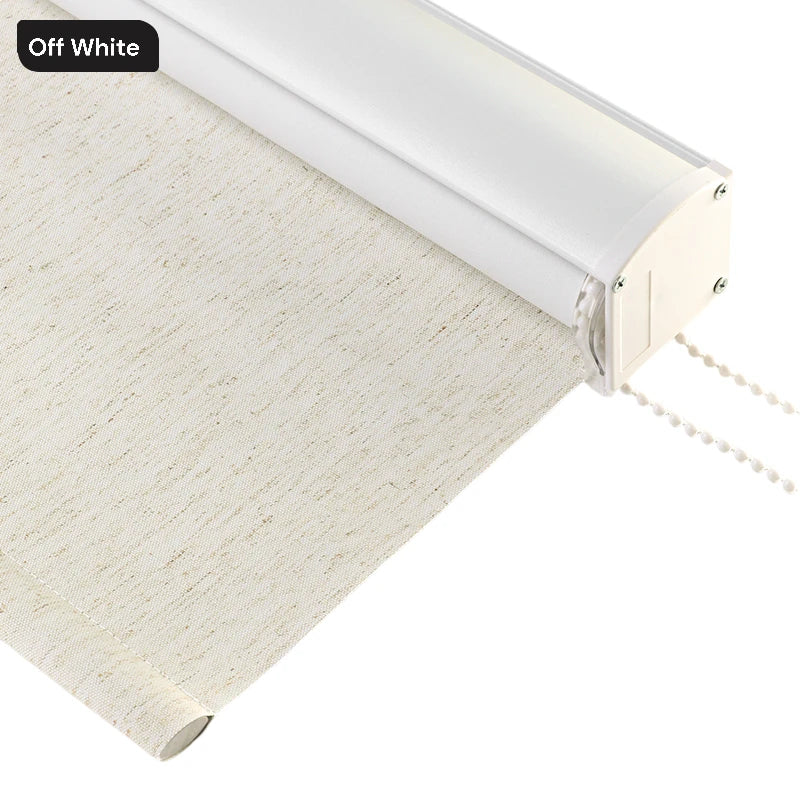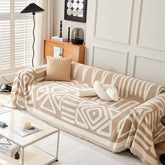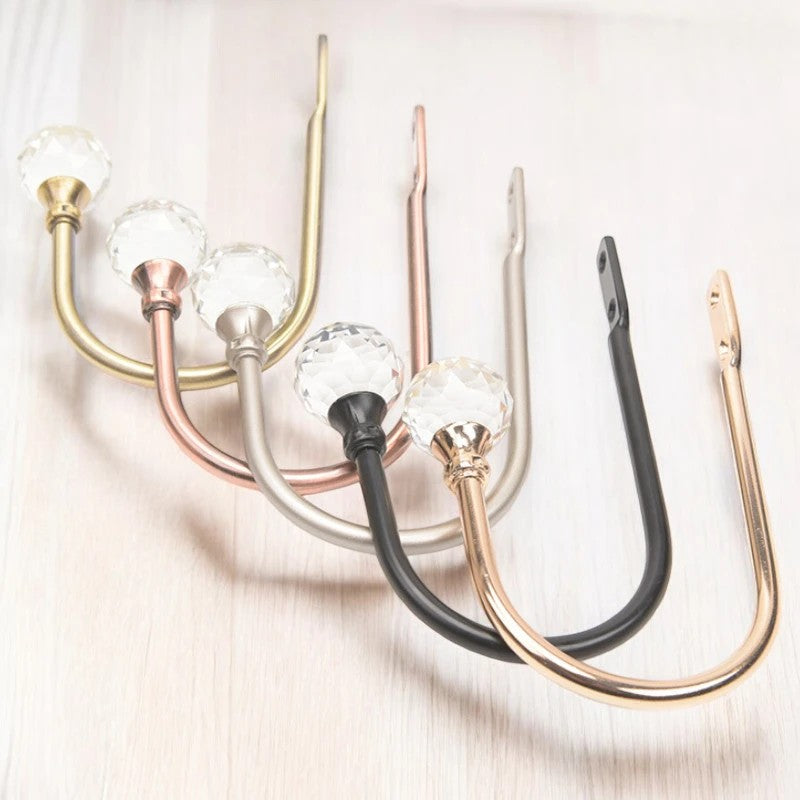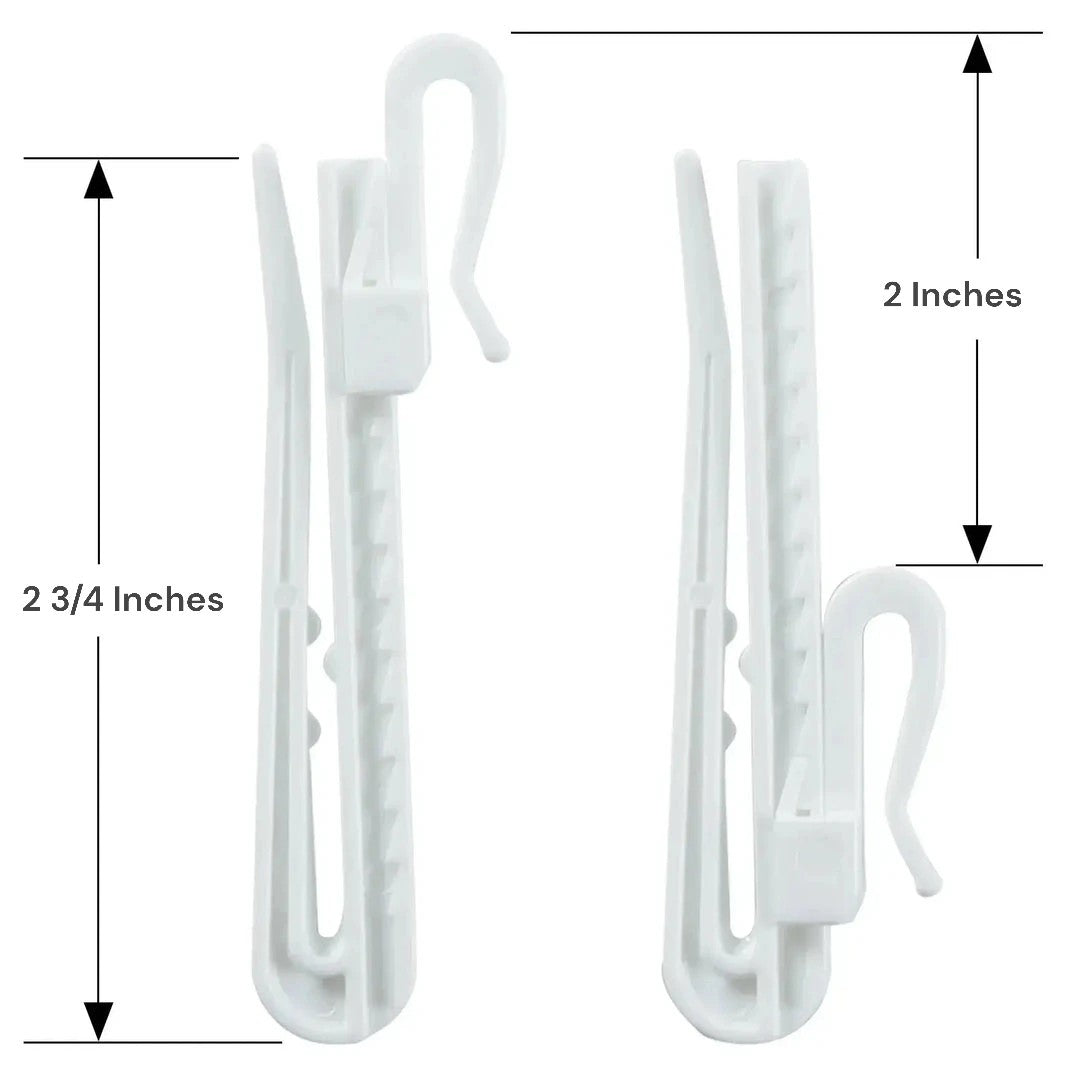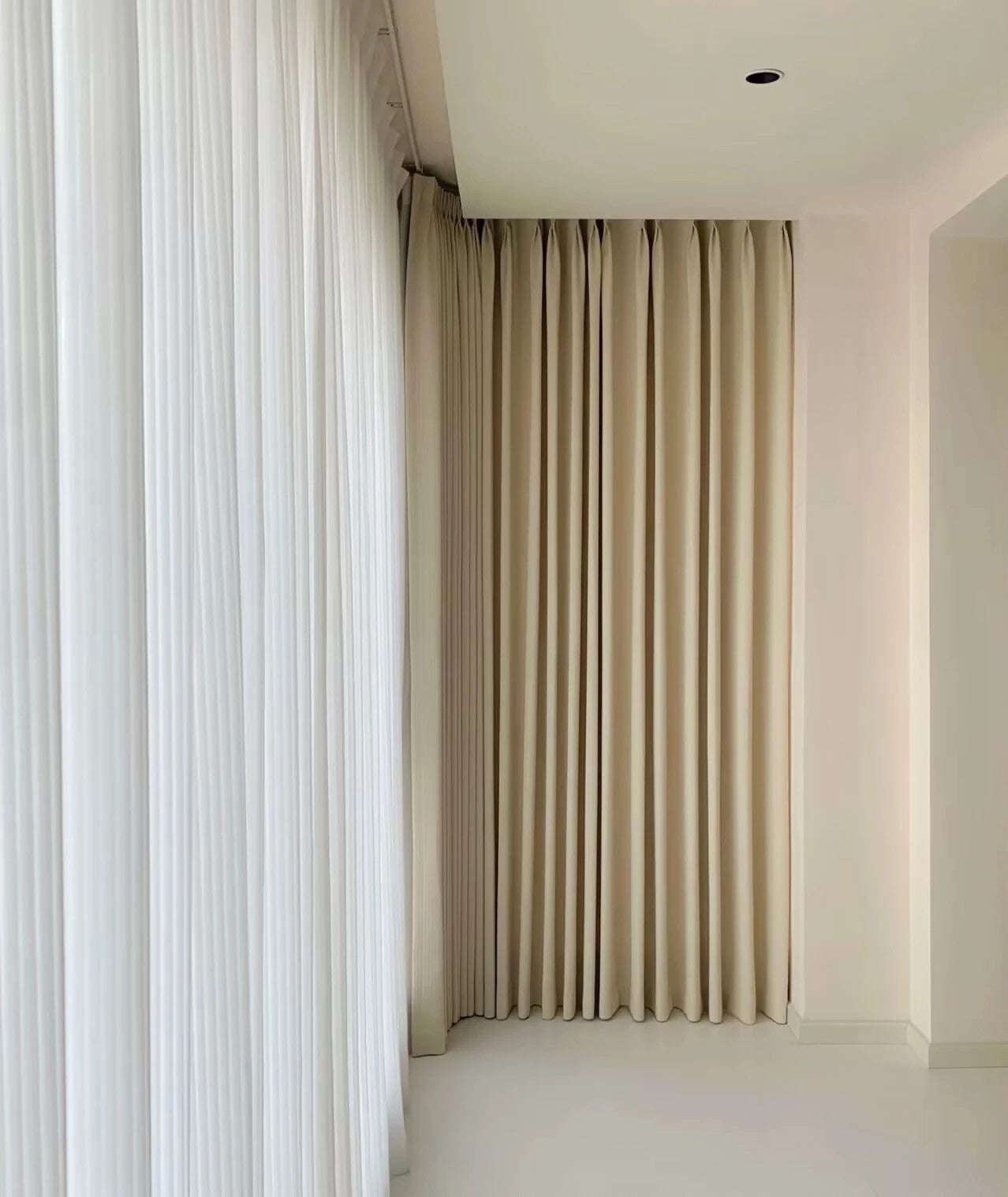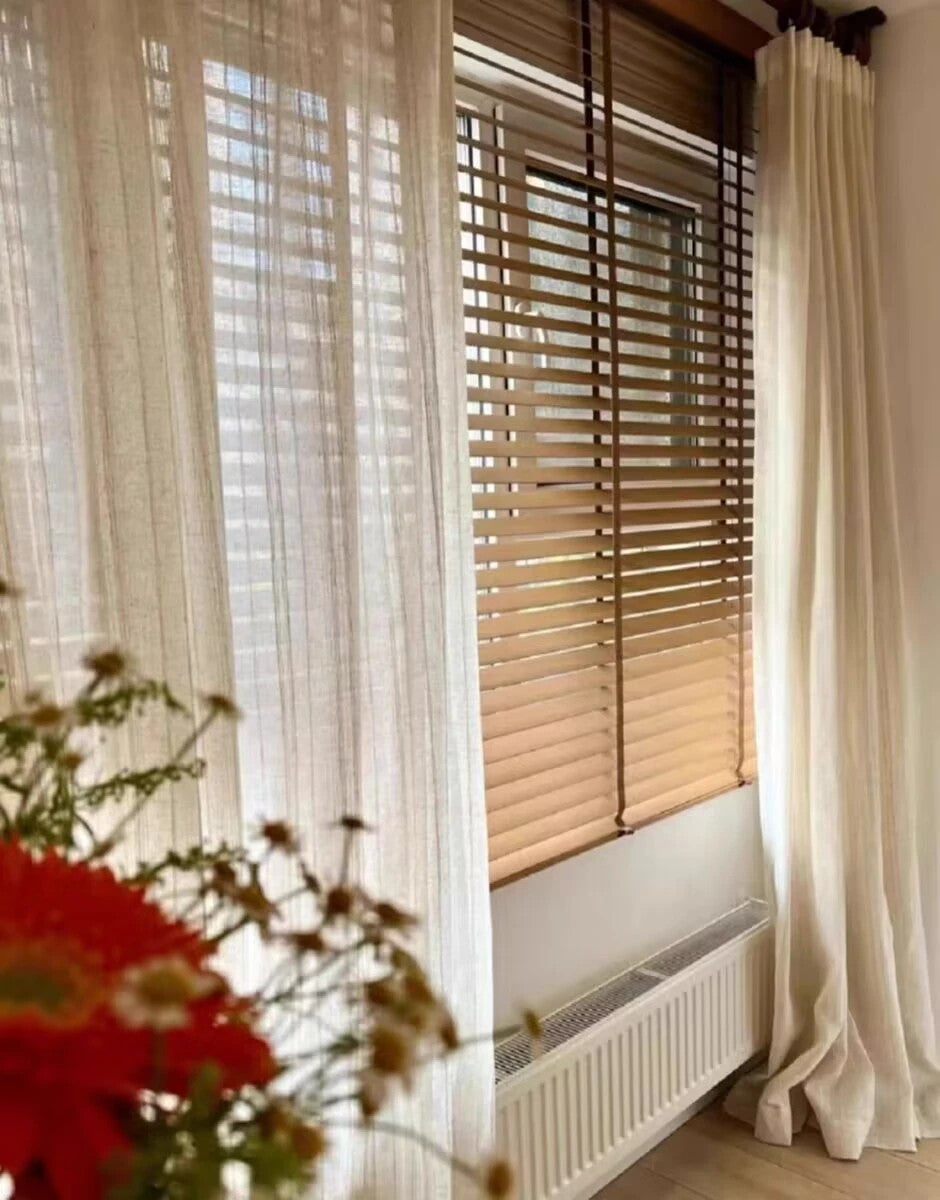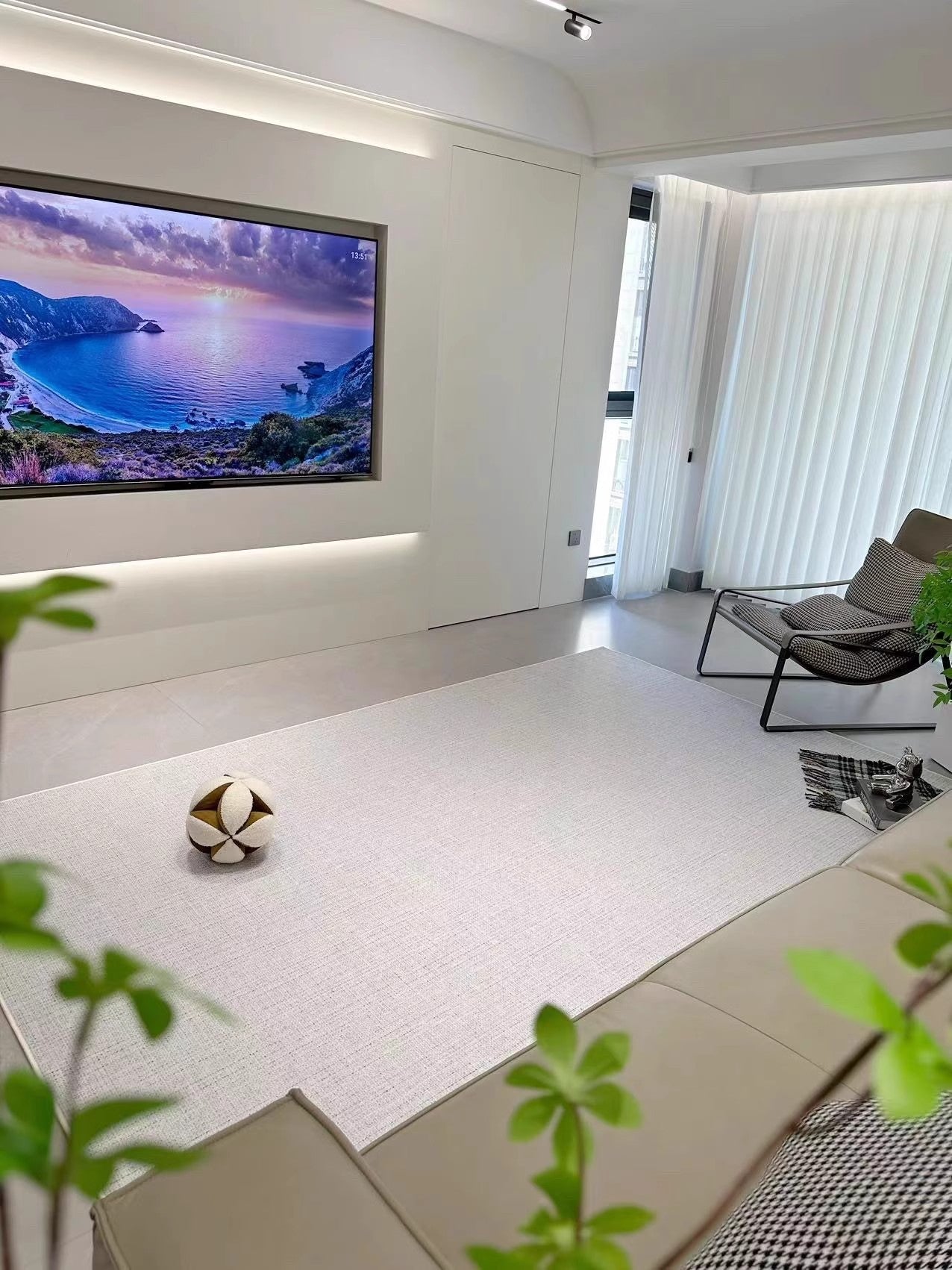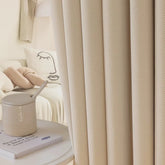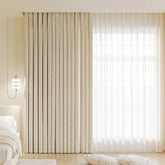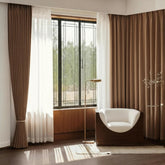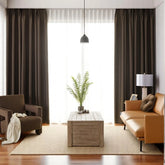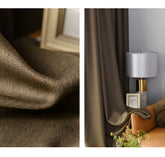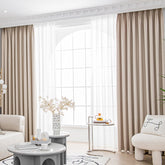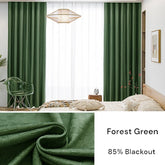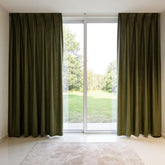Create Stylish DIY Sofa Covers: Easy Guide & Tips
Making your own sofa cover is a budget-friendly way to refresh your living space. With these easy DIY sofa cover ideas and tips, you can create stylish covers that perfectly match your decor.
Whether you want slipcovers, cushion covers, or throw covers, we have you covered with step-by-step instructions and helpful tricks.
Key Takeaways:
- DIY sofa covers are a cost-effective option to give your sofa a fresh look without spending a fortune.
- You can customize DIY sofa covers to match your personal style and decor.
- There are different types of DIY sofa covers, including slipcovers, cushion covers, and throw covers, each serving a specific purpose.
- When making DIY sofa covers, gather all the necessary materials such as fabric, sewing supplies, and embellishments.
- Follow a step-by-step guide to measure, cut, sew, and fit your DIY sofa cover, adding your desired embellishments for extra flair.
Why DIY Sofa Slipcovers?
DIY slipcover offers a cost-effective and creative solution for updating your living space.
With homemade sofa covers, you have the freedom to customize the design, fabric, and color to match your personal style and decor.
Not only are DIY couch slipcover affordable, but they also allow for easy maintenance and the flexibility to change the cover whenever you desire a fresh look for your sofa.
Cost-Effective Solution
One of the main advantages of DIY sofa covers is the cost savings compared to buying a brand new sofa.
By making your own covers, you can transform the appearance of your existing sofa without breaking the bank.
This budget-friendly option is especially appealing for those who are looking to refresh their living space on a limited budget.
Customization and Personalization
Additionally, DIY sofa covers give you the opportunity to unleash your creativity and showcase your personal style.
You can choose from a wide range of fabrics, patterns, and colors to create a cover that perfectly complements your decor.
Whether you prefer a minimalist, bohemian, or eclectic look, you can tailor the design to suit your taste.

Flexibility and Versatility
DIY sofa covers provide flexibility and versatility in terms of design options. You can experiment with different fabrics, textures, and patterns to achieve the desired look for your sofa.
Additionally, DIY covers allow you to easily change the look of your couch whenever you feel like it. Whether you want to update your decor for a new season or refresh the style of your living room, DIY sofa covers give you the freedom to adapt and evolve your furniture without the need for expensive replacements.
Types of DIY Sofa Couch Covers
When it comes to DIY sofa covers, there are several sofa cover types to choose from, depending on the piece of furniture, whether a sectional, armchair or standard sofa.
Each cover type serves a specific purpose. Whether you want to protect your sofa arms and cushions, update the entire look of an older couch, or add a decorative seasonal touch, these couch cover variations have got your specific furniture needs covered.
With the right measuring and sewing, DIY slipcovers can give various sectionals, chairs, and other seating new style affordably
Let's explore the different types:
1. Slipcovers
Slip covers are removable covers that fit over the entire old couch, providing both protection for worn furniture and a refreshed appearance with updated sofa looks.
They are a great DIY solution for protecting your aging sofa from spills, stains, pet hair, and other damages while giving it an updated style facelift. With the right slipcover, you can give a worn old couch new life with a redesigned style and coverage for continued use
2. Cushion Covers
If you want to give your sofa seat cushions a fresh look, couch cushions are the way to go. These individual covers are made to fit over each cushion, allowing you to easily change their appearance.
Cushion covers come in different shapes and sizes, so make sure to measure your cushions accurately for a perfect fit. With cushion covers, you can experiment with different colors, patterns, and textures to enhance your sofa's style.
3. Throw Covers
Throw covers are versatile and can be draped over the backrest or armrests of your sofa. They add a decorative touch and can instantly transform the look of your living space.
Throw covers come in various sizes, materials, and designs, giving you endless options to play with. You can choose throw covers and throw pillows that complements your decor or makes a bold statement as a focal point.

By understanding the different types of DIY sofa covers available, you can select the one that best suits your needs and style. Slipcovers provide overall protection, cushion covers offer personalized cushion styling, and throw covers add a decorative element to your sofa.
Now that you know the options, you can confidently embark on your DIY sofa cover project.
Materials for DIY Sofa Slipcover
When it comes to making DIY couch covers, having the right materials is crucial. Here are the key components you'll need to create your own stylish covers:
Fabric
The fabric you choose for your sofa cover plays a significant role in both aesthetics and durability.
Opt for a sofa cover fabric that suits your style and complements your existing décor.
Popular options include cotton canvas, linen, and polyester blends. Consider the color, pattern, and texture of the fabric to ensure it matches your desired look.
Sewing Materials
To bring your DIY sofa cover to life, you'll need basic sewing supplies. These may include a sewing machine, thread, needles, scissors, pins, and measuring tape.
Having a sturdy sewing machine can make the process more efficient, especially when working with thicker fabrics.
Make sure your sewing machine is in good working condition before starting your project.
Upholstery Zippers
If you're creating slipcovers that need to be removable, upholstery zippers are a must-have.
These zippers are designed to withstand the wear and tear of frequent use and allow for easy insertion and removal of the cover.
Choose zippers that match the color of your fabric or opt for contrasting zippers for a unique touch.
Piping Cord
Piping cord is an optional but stylish addition to your DIY sofa covers. It adds a professional, finished look and can be used to highlight seams or edges.
Piping cord comes in various thicknesses and can be made from materials like cotton or polyester.
Consider the color and contrast of the piping cord to make a statement with your covers.

By gathering these essential materials, you'll be well on your way to creating custom and stylish DIY sofa covers that will breathe new life into your living space.
How to Make DIY Sofa Covers: A Step-by-Step Tutorial Guide
With just a few simple steps, you can transform the look of your sofa and give it a fresh new vibe.
From measuring and cutting the fabric to sewing and fitting the cover, we'll guide you through the process to ensure a successful outcome.
Check our below tutorial on how to make your DIY projects.
Gather the Materials
Before you begin, make sure you have all the necessary fabric together on hand.
This includes the extra fabric of your choice, sewing supplies such as scissors and thread, measuring tape, and any embellishments you may want to add.
Having everything ready will save you time and ensure a smooth workflow.
Measure and Cut
The first step in making a DIY sofa cover is to measure your sofa accurately. Take note of the dimensions for the seat cushions, backrest, and armrests.
Once you have the measurements, you can proceed to cut the fabric accordingly. Be precise in your cutting to ensure a snug and professional-looking fit.
Sew and Fit
After cutting the fabric, it's time to sew the pieces together. Follow the specific instructions for the type of cover you're making, whether it's a slipcover, cushion cover, or throw cover.
Use a sewing machine or sew by hand, depending on your skills and preference.
Once the cover is complete, fit it onto your sofa, making any necessary adjustments for a perfect fit.

Embellish and Add Final Touches
To add a personal touch and elevate the style of your DIY sofa cover, consider embellishing it with decorative elements such as buttons, piping, or contrasting fabric.
These details can make your cover stand out and give it a customized look that matches your decor. Experiment with different embellishments to create a unique and stylish design.
No-Sew DIY Easy Sofa Cover Ideas
Don't have sewing skills or a sewing machine? Not a problem! We've got you covered with these no-sew DIY sofa cover ideas.
Whether you're looking for an easy DIY sofa cover or a simple sofa cover tutorial, these no-sew options are perfect for you.
With a few simple materials and techniques, you can give your sofa a quick and stylish makeover without the need for sewing.
Using Drop Cloths Or Bed sheets
One of the easiest ways to create a no-sew sofa cover is by using drop cloths or bed sheets.
These materials can be found at affordable prices and they come in a variety of colors and patterns.
Simply drape the drop cloth or bed sheet over your sofa and tuck it into the crevices to create a makeshift cover.
For added security, you can use fabric glue or staples to secure the material in place.
Fabric And Elastic Bands
If you prefer a more tailored look, you can create a no-sew sofa cover using fabric and elastic bands.
Measure the dimensions of your sofa and cut the fabric accordingly. Then, wrap the fabric tightly around the cushions and secure it with elastic bands. This method allows you to easily remove and wash the cover whenever needed.
Remember, no-sew DIY sofa covers are a budget-friendly and convenient option for those who want to update their living space without the hassle of sewing.
They provide a quick and easy solution to give your sofa a fresh new look.
So go ahead, get creative, and transform your sofa with these simple and stylish no-sew DIY sofa cover ideas.

Care and Maintenance of DIY Sofa Couch Slipcovers
Proper care and maintenance are essential for keeping your DIY sofa covers looking their best.
By following these sofa cover care instructions, you can ensure that your covers stay fresh, clean, and in good condition for years to come. Here are some important tips to help you care for and maintain your DIY sofa covers:
Refreshing Couch Slipcovers
Over time, your couch slipcover may collect dust and debris. To keep them looking fresh, it's important to regularly refresh them. Start by shaking out the covers to remove any loose debris.
Next, give the cushions a good fluffing to restore their shape and plumpness. This can help improve the overall appearance and comfort of your sofa.
Washing Instructions
Depending on the fabric of your DIY sofa covers, you may be able to machine wash the fabrics.
Check the fabric care instructions to determine the appropriate washing method. If machine washing is suitable, use a gentle cycle with cold water and a mild detergent.
Avoid using bleach or harsh chemicals, as they can damage the fabric. After washing, allow the covers to air dry completely before putting them back on your sofa.
Spot Cleaning
In case of spills or stains, it's important to address them as soon as possible. Spot cleaning can help prevent stains from setting into the fabric.
Use a clean cloth or sponge to blot the stain gently, avoiding rubbing or scrubbing, as this can spread the stain or damage the fabric.
If necessary, you can use a mild soap or fabric cleaner specifically designed for spot cleaning. Always test the cleaner on a small, inconspicuous area of the cover first to ensure it doesn't cause any discoloration or damage.
Taking these simple steps to care for your DIY sofa covers will help them maintain their beauty and extend their lifespan.
By regularly refreshing, washing, and spot cleaning, you can keep your covers looking fresh and clean, ensuring that your sofa always looks its best.

Make a Sofa Slipcover Now
In conclusion, DIY sofa covers are the perfect solution for those looking to refresh their living space on a budget. With our easy guide and tips, you can create stylish covers that perfectly fit your sofa and match your decor.
Whether you choose to make a slipcover, cushion cover, or opt for a no-sew solution, DIY sofa covers offer endless possibilities for customization and personalization.
By making your own sofa cover, you not only save money but also have the freedom to express your unique style. Unlike buying a brand new sofa, DIY covers allow you to easily change the cover whenever you want, giving your sofa a fresh look without breaking the bank. With the right materials and tools, you can easily create a professional-looking cover that will impress your guests.
So why wait? Get started on your own DIY sofa cover project today and revamp your decor with a fresh new look for your sofa. With our step-by-step instructions and helpful tricks, you'll be able to create stylish covers that will transform your living space. Whether you're a seasoned DIYer or a beginner, making your own sofa cover is a rewarding and enjoyable project. Give your sofa a makeover and enjoy the satisfaction of a job well done!
FAQ
Why should I choose DIY sofa covers?
DIY sofa covers are a cost-effective way to refresh your living space without breaking the bank. They offer the freedom to customize the cover to match your personal style and decor, and allow for easy maintenance and the option to change the cover whenever you want.
What types of DIY sofa covers are available?
There are three main types of DIY sofa covers: slipcovers, cushion covers, and throw covers. Slipcovers fit over the entire sofa and provide protection and an updated look. Cushion covers are individual covers for sofa seat cushions, allowing you to easily change the look of your sofa. Throw covers can be draped over the backrest or armrests for added style.
What materials do I need for DIY sofa covers?
The main material you will need is fabric, which can be cotton canvas or drop cloths. Other materials include sewing supplies like upholstery zippers and piping cord, which can add a professional touch to your covers.
How do I make DIY sofa covers?
To make DIY sofa covers, start by measuring your sofa and cutting the fabric according to these measurements. Sew the pieces together following the specific instructions for slipcovers, cushion covers, or throw covers. Once the cover is ready, fit it onto your sofa, making any necessary adjustments. You can also add embellishments like buttons or piping for extra flair. Don't forget to incorporate helpful tips and tricks to make the process easier.
What if I don't have sewing skills or a sewing machine?
No worries! There are plenty of no-sew DIY sofa cover ideas available. You can use drop cloths or bed sheets to create a makeshift cover and secure the material in place using fabric glue or staples. These no-sew options are budget-friendly and allow for a quick and easy sofa makeover without the need for sewing.
How do I care for and maintain my DIY sofa covers?
Check the fabric care instructions and follow them accordingly. Some covers can be machine washed, while others may require spot cleaning. Regularly shake out loose debris and fluff up any cushions. Consider using a fabric refresher spray to keep your covers smelling fresh.



